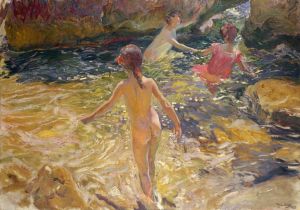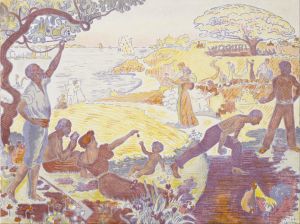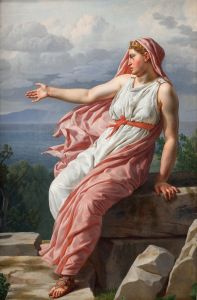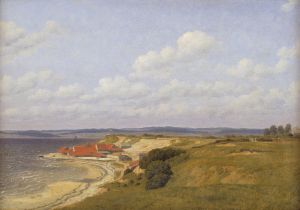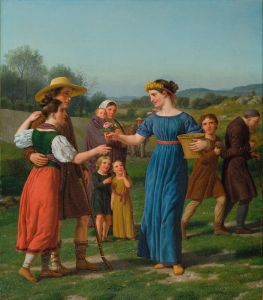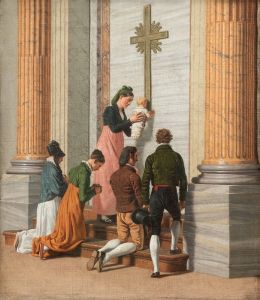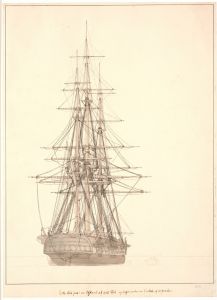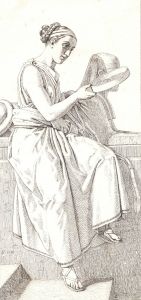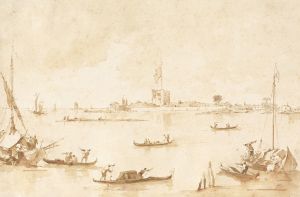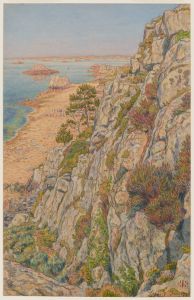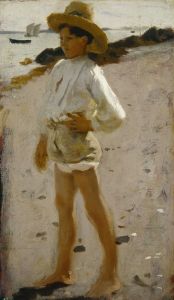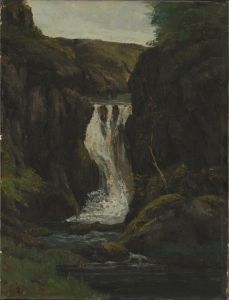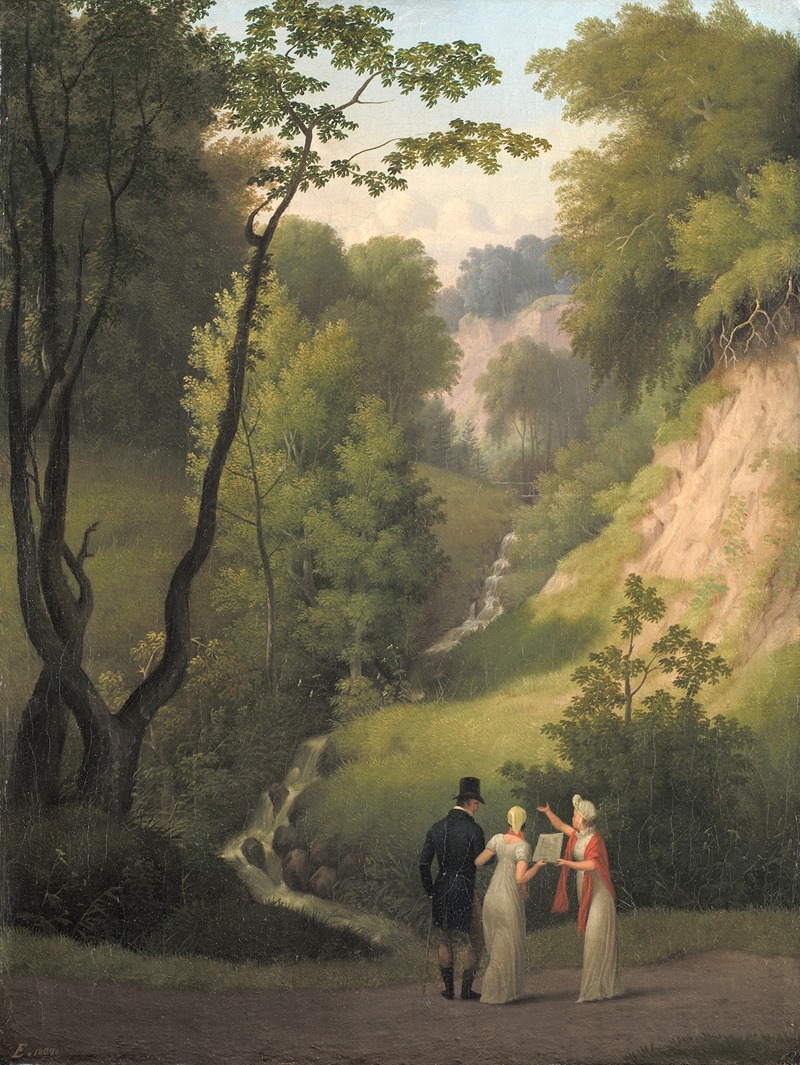
The Devil’s Cleft at Liselund Manor. The Island of Møn
A hand-painted replica of Christoffer Wilhelm Eckersberg’s masterpiece The Devil’s Cleft at Liselund Manor. The Island of Møn, meticulously crafted by professional artists to capture the true essence of the original. Each piece is created with museum-quality canvas and rare mineral pigments, carefully painted by experienced artists with delicate brushstrokes and rich, layered colors to perfectly recreate the texture of the original artwork. Unlike machine-printed reproductions, this hand-painted version brings the painting to life, infused with the artist’s emotions and skill in every stroke. Whether for personal collection or home decoration, it instantly elevates the artistic atmosphere of any space.
"The Devil’s Cleft at Liselund Manor. The Island of Møn" is a painting by the renowned Danish artist Christoffer Wilhelm Eckersberg. Eckersberg, often referred to as the father of Danish painting, was a pivotal figure in the Danish Golden Age of painting. Born in 1783, he studied at the Royal Danish Academy of Fine Arts and later in Paris under Jacques-Louis David, one of the leading neoclassical painters of the time. Eckersberg's works are celebrated for their meticulous attention to detail, clarity, and the harmonious balance between nature and architecture.
This particular painting, created in 1809, depicts a scenic view of the Devil’s Cleft, a notable geological formation located at Liselund Manor on the island of Møn in Denmark. Liselund Manor is a romantic landscape garden and manor house built in the late 18th century by Antoine de Bosc de la Calmette, a French nobleman, and his Danish wife, Lisa de la Calmette. The manor and its surrounding gardens were designed to reflect the ideals of the Romantic movement, emphasizing natural beauty and picturesque landscapes.
The Devil’s Cleft, also known as "Dronningestolen" (The Queen's Chair), is a dramatic cliff formation that has long been a point of interest for visitors to the island. The painting captures the rugged beauty of the cliffs, with their steep, jagged edges and the lush greenery that surrounds them. Eckersberg's skillful use of light and shadow brings a sense of depth and realism to the scene, highlighting the natural splendor of the location.
In the painting, Eckersberg employs a balanced composition, with the cleft positioned slightly off-center to draw the viewer's eye into the landscape. The foreground features detailed depictions of trees and foliage, while the background reveals the expansive view of the cliffs and the sea beyond. The artist's precise brushwork and keen observation of nature are evident in the intricate textures of the rocks and the delicate play of light on the leaves.
Eckersberg's work is characterized by its clarity and precision, qualities that are clearly demonstrated in "The Devil’s Cleft at Liselund Manor. The Island of Møn." His ability to capture the essence of a place with such fidelity made him a key figure in the development of landscape painting in Denmark. This painting not only showcases his technical prowess but also his deep appreciation for the natural beauty of his homeland.
Today, "The Devil’s Cleft at Liselund Manor. The Island of Møn" is held in high regard as an exemplary piece of Danish Golden Age art. It reflects the period's fascination with nature, romanticism, and the sublime, themes that were prevalent in the art and literature of the time. Eckersberg's legacy continues to influence Danish art, and his works are celebrated for their contribution to the cultural heritage of Denmark.





